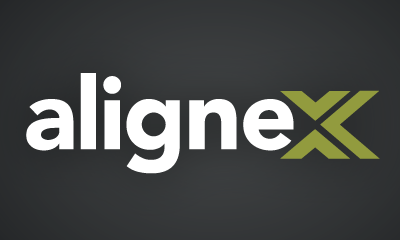How to Troubleshoot Using the What’s Wrong Dialog
When it comes to your CAD designs, we never like to be bugged by those pesky errors and warnings. This blog will explore the most common causes and how to fix them. Did I say we are going to have to fix them? How long is it going to take to fix all of those problems? The truth is that it’s relatively quick and simple. With some tricks, you’ll be problem free in no time!

Where to Start?
SOLIDWORKS uses parametric features that are ordered from top to bottom. Think about a moment where a chain reaction causes one event to spill over to future events. In manufacturing, a damaged machine can lead to delays in assembling other products which then leads to a shortage in inventory to sell the product. In SOLIDWORKS, this works in the same manner where if a feature at the top suddenly fails, it would affect features below it that are dependent on it. Therefore, it is advised that starting at the top is the best strategy.

With this concept in mind, we can start at the top where SOLIDWORKS includes a tooltip when the mouse is hovering over the features. The message should give us a hint where to look first and the message indicates the sketch is the culprit. We’ll use the Edit Sketch command to open the sketch directly.

Inside the sketch, we’ll use the Repair Sketch tool to locate gaps and any entities that shouldn’t be part of the sketch. In the following example, the tool is able to detect a gap with an extra line that is not necessary.

Within the What’s Wrong dialog, we see that additional warnings pertain to our sketches yet again. These sketches typically have one common issue which is a missing reference, or the inability to propagate changes if the previous references are modified. The window indicates the sketches will need to be edited.

- Warning, Sketch3. The What’s Wrong dialog recommends the correct tool to be used. The Edit Sketch Plane command can easily redirect the sketch back to a new reference without the need to redraw the sketch. This process will maintain the location of the sketch, while referencing the new face/plane.

- Warning, Sketch4. This warning shows that our sketch reference has been changed or removed and needs to be updated. To fix this, the circle needs to be positioned on the same center point as the outside arc. By editing the sketch, we can use the reattach relation shortcut to drag the red dot to the edge. If the center of the arc is changed, the location of hole will follow the same center point.

- Error, Fillet3. Not every problem is related to a sketch. SOLIDWORKS includes the FeatureXpert tool that can automatically reapply existing features without editing the existing parameters. Using FeatureXpert, the fillet feature was reapplied as three individual features.

To learn about the various errors that can occur and how to avoid them, check out the following link for more information:
https://help.solidworks.com/2019/english/solidworks/sldworks/c_error_messages_overview.htm
Despite our best efforts, errors are sure to creep into our model if we are not careful. As aggravating as this can be, recreating our models from scratch is typically not the answer. Knowing which SOLIDWORKS tools to use and how to use them will better prepare us to fix those problems as they come up.




